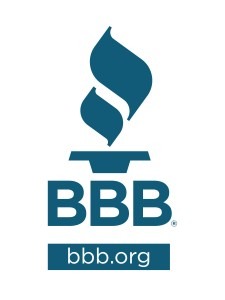 In this digital age where much of our communication is electronic, etiquette for face to face meetings is becoming more and more relaxed. Stand out from the crowd by taking steps to ensure you are taken seriously and can be productive when interacting with someone in person. Many of the following suggestions also apply to virtual meetings, but they are especially important when conducting a face to face encounter.
In this digital age where much of our communication is electronic, etiquette for face to face meetings is becoming more and more relaxed. Stand out from the crowd by taking steps to ensure you are taken seriously and can be productive when interacting with someone in person. Many of the following suggestions also apply to virtual meetings, but they are especially important when conducting a face to face encounter.
- Set a specific goal. What is your desired outcome of this meeting? Perhaps you’re there to make a sale, land a client, or brainstorm a new marketing strategy with a colleague. In an effort to make the most out of the allotted meeting time, you should always have a specific goal in mind. Furthermore, this goal, when appropriate, should be communicated to the other party. Doing so prevents misunderstandings and keeps everyone involved focused and moving forward.
- Prepare an agenda or written notes. There may be a few things you want to make sure are addressed or perhaps questions that need to be answered. Take some time before the meeting begins to write down an agenda or some notes that you can easily refer to while you’re meeting. Prepared notes also facilitate a smooth transition from topic to topic instead of relying solely on your memory and risking forgetting an important talking point.
- Adopt a professional appearance. You should not only be dressed appropriately, but make sure you are well-groomed and demonstrate a professional demeanor. When possible, avoid lugging your morning coffee and donuts with you into a meeting as it can be distracting to others and may even convey a lack of time management skills.
- Arrive early. Whether your commute is an hour’s drive or a walk across the office to a conference room, get there early to prevent making others wait for you if unforeseen circumstances occur. A flat tire, a forgotten document, or a disruption of internet service can all hamper productivity. These occurrences may be rare, but arriving early will make you better equipped to handle the problem and keep the meeting going smoothly and seamlessly. This practice also communicates that you respect the time of the others you are meeting with, which creates a positive impression.
- Practice humility, positivity, and politeness. Avoid bragging, focusing on negative people or circumstances, and other rude behavior. Be humble when discussing your accomplishments, keep a positive tone in even the most stressful of situations, and always be polite even if you aren’t receiving the same courtesy. If you possess these three qualities, you won’t give anyone a chance to say a bad word about you. A good reputation will follow you just as easily as a bad one can.
- Listen with a purpose and be responsive. Just as you should have a goal set before the meeting, listen to the other person with a purpose as well. What should you take from his or her message? What is the other person looking to get from you? Part of being an effective listener is knowing how to show the other person that you are, in fact, listening. Make eye contact, take notes if appropriate, ask follow-up questions when given the opportunity, and respond when needed.
- Know your product/service. You don’t want to waste your prospect’s time, or your own, for that matter. Familiarize yourself with the product or service to the point that you are an expert. Doing so will instill confidence in both the other party and yourself. You should be able to talk freely about what you have to offer, and have to refer to notes or literature as infrequently as possible.
- Always follow up. No matter the outcome of the meeting, take a few minutes to follow up. Depending on the situation, a thank-you email or handwritten note will suffice. In other situations, a phone call to touch base or schedule a subsequent meeting is needed. Decide your best course of action and make it a priority to follow up promptly.
What do you find is the best way to handle face to face meetings? Please share your ideas below!



















